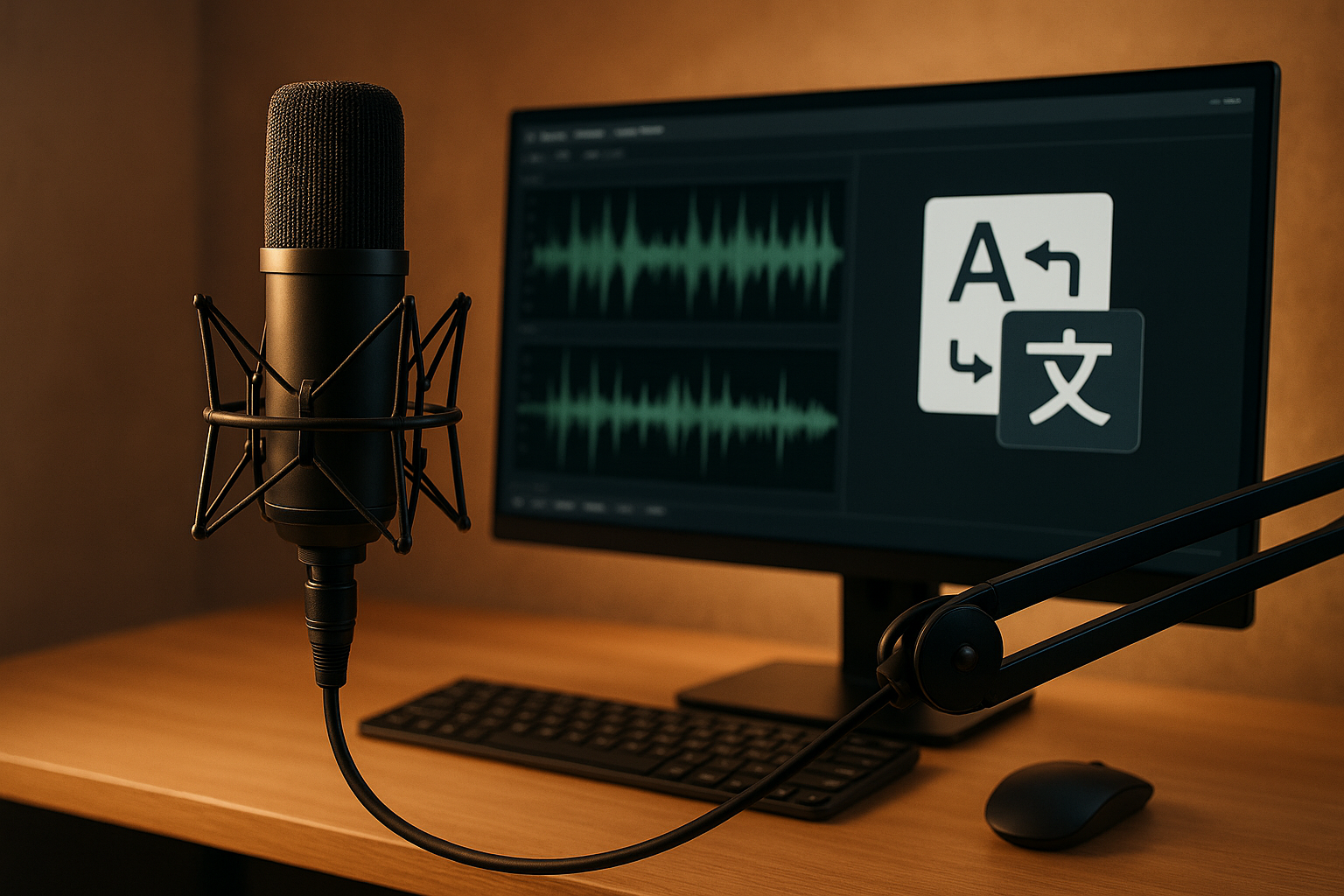What is AI Dubbing and How Does It Work?
AI dubbing is the process of automatically translating and synchronizing voices in videos using artificial intelligence. Unlike traditional dubbing, which requires human actors and studio work, AI dubbing tools use speech synthesis, translation models, and lip-sync technology to create natural, localized versions of videos in multiple languages.
How Does AI Dubbing Work?
AI dubbing works through several steps:
- Speech recognition – AI converts the original audio into text using speech-to-text technology.
- Translation – The text is then translated into the target language by neural machine translation.
- Voice synthesis – AI generates a new voice using text-to-speech (TTS) models that mimic natural speech patterns.
Types of AI Dubbing
There are several types of AI dubbing, depending on the depth of automation and technology used:
- Automatic dubbing – Fully automated translation and voice generation without human intervention.
- Neural dubbing – Uses advanced deep learning models to produce lifelike voices and emotional tone.
- Hybrid dubbing – Combines AI automation with human review to ensure maximum accuracy and quality.
Automatic Dubbing
Automatic dubbing allows creators to instantly localize videos in multiple languages. This approach saves time, reduces costs, and makes global content distribution faster. Platforms like YouTube creators, e-learning companies, and marketers increasingly use automatic dubbing tools for quick localization.
Neural Dubbing
Neural dubbing takes AI dubbing to the next level by using neural networks to reproduce emotions, pauses, and natural intonation. The result sounds much closer to human speech, making neural dubbing ideal for films, YouTube videos, and audiobooks where emotional tone matters.
Advantages of AI Dubbing
Key advantages of AI dubbing include:
- Speed – Dubbing in minutes instead of days.
- Cost efficiency – No need for studios or voice actors.
- Scalability – Easily create voiceovers in dozens of languages.
- Consistency – Maintain the same cloned voice across multiple videos.
AI Dubbing vs Manual Dubbing
When comparing AI dubbing vs manual dubbing, both have their place:
- Manual dubbing offers nuanced acting and cultural adaptation but is slow and expensive.
- AI dubbing delivers speed, affordability, and multilingual scalability — ideal for digital creators, brands, and educational platforms.
AI Dubbing Applications
AI dubbing applications span multiple industries:
- Video production – Translate YouTube and TikTok videos to reach global audiences.
- Education – Localize e-learning content for different languages.
- Entertainment – Dub movies and animations automatically.
- Corporate training – Adapt internal videos for international teams.
AI Dubbing for Videos
Using AI dubbing for videos helps creators expand their reach without re-recording or hiring multiple voice actors. With tools like DubSmart, you can generate natural voices, sync lips, and translate video content automatically — making multilingual video production faster and more accessible than ever.
